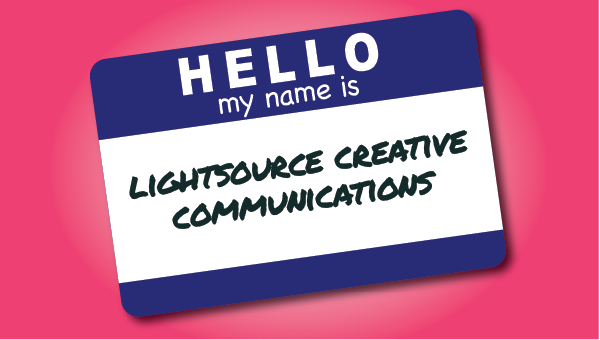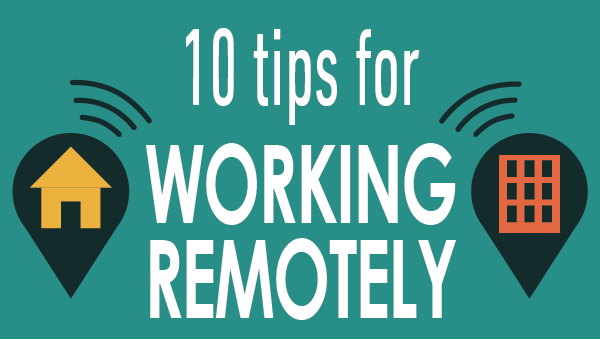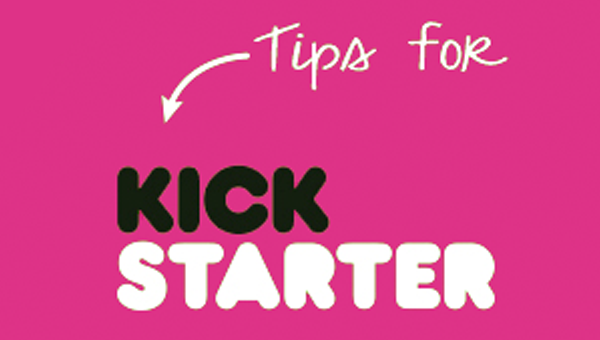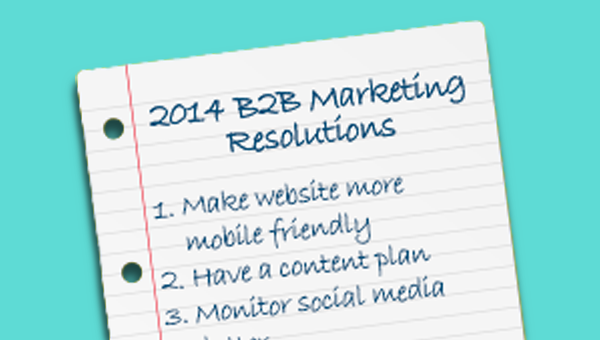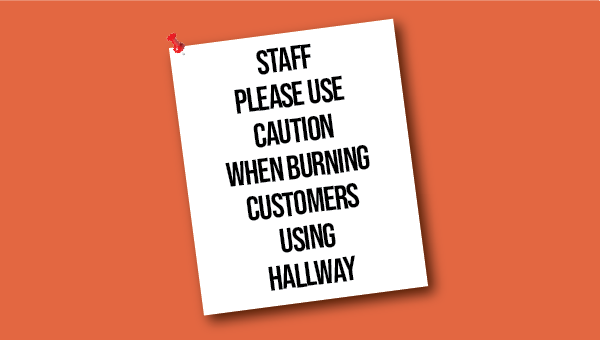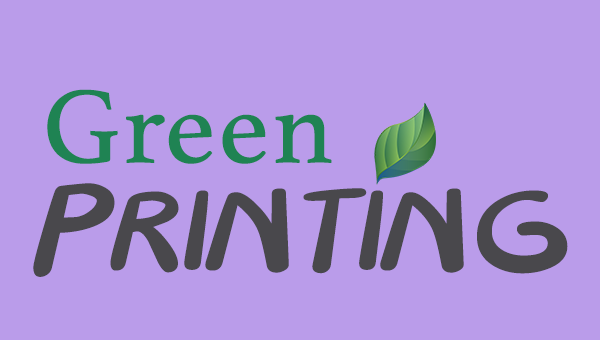What a quality whitepaper can mean for your business
You care about your customer, right? You care not only about getting their business, but about getting their continued business. You are invested in a growing relationship with them. (The key word there is growing.)
Your customers should be able to rely on and trust you. They trust your product and services (since they are your customer), but even more, they need to recognize you as an expert in your field. Another way to build this trust, other than providing top-notch services, is to give them resources to help them understand their field and do their jobs better.

Everyone is looking for solid resources these days, especially free ones. People want resources that are relevant and applicable to them. You know your customers’ problems, what they lack, where they struggle, and what holds them back from further growth.
Address these problems in a whitepaper. Think of it as a solution guide. It should answer questions or pain points they have. Expand their knowledge by educating them about the market. Help them understand the reasons behind the new trends, developments, and best practices in their field. Add more credibility to your whitepaper by backing up your knowledge with interviews and reports, including charts, tables, and graphs.
Here are four things to consider as you develop your whitepaper.
1. Know your audience.
Write your whitepaper so that it is informative and educational for your customer. Think about how this information could benefit them, not you. Don’t try to sell your product or service in the paper. This is not a sales pitch.
2. Understand their problems.
Technology often presents challenges to people who have been in business for a long time but must transition to something new. A whitepaper is a good way to dive into the why’s, how’s, and what’s of the latest developments.
3. Present solutions or explanations with expertise.
As a business professional in the industry, you have valuable experience in the market. You may not be “the expert,” but you know what’s current and what’s troublesome to your customers. Give them a plan of action based on your experience.
4. Be disciplined, organized, and clear.
Your whitepaper is not a blog post, so it can be longer, typically 6-8 pages. It should be even more thorough than a blog post and contain facts to back up claims. Make sure your whitepaper is reviewed by multiple readers. Hiring professionals to proof and layout your pages will improve readability. Overall, your piece needs to be clean and crisp so that it reflects your authority.
Now that you have a whitepaper, you can generate new leads. You should have a strong landing page to entice downloads. The landing page should give a summary of what is addressed in the whitepaper so customers have an incentive to fill out a form to read your paper. Keep this form brief; people are less inclined to fill out forms that ask for a lot of data. We recommend only requiring name, email address, and company.
Remember that quality is important. Take your time when writing your whitepaper. Use good sources and conduct interviews to get a thorough understanding of your topic. Employ reviewers or hire writers and designers to polish your piece. If you make a quality piece, your whitepaper can be a strong marketing tool to generate leads, keep your current customers engaged, and establish yourself as a credible source in your field.

